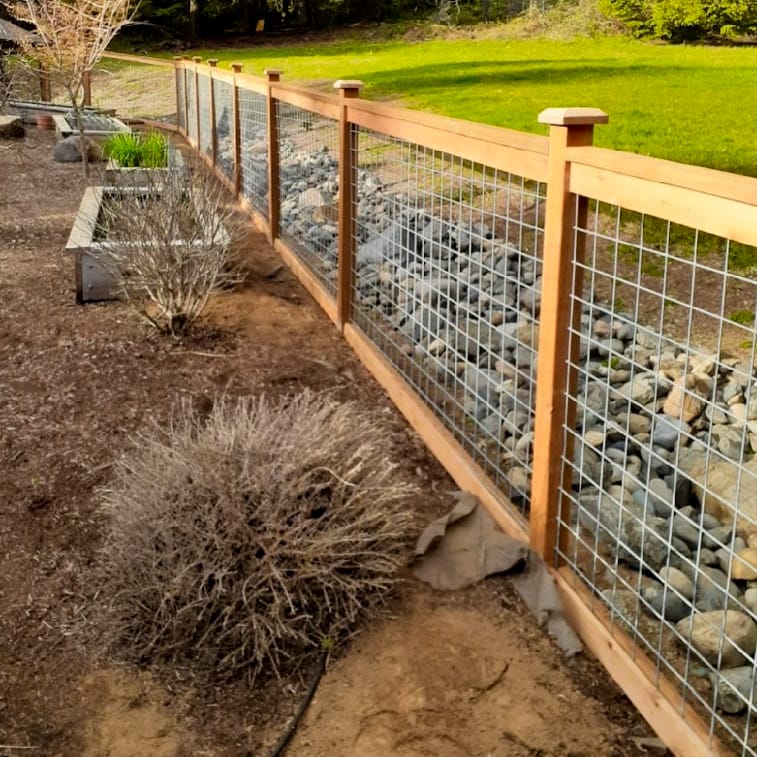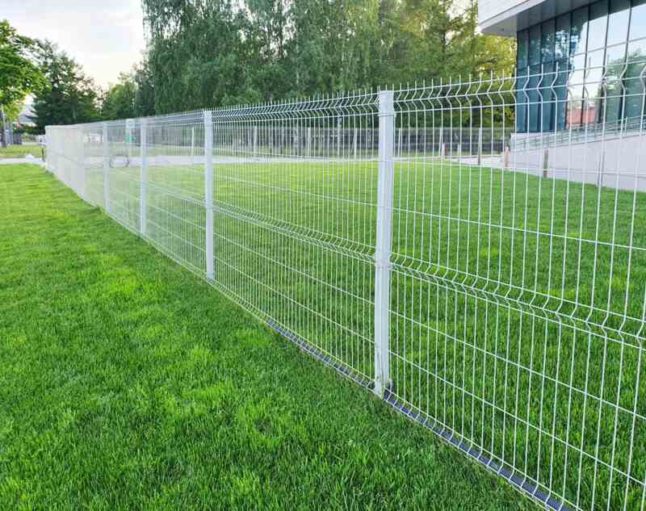All Categories
Featured
The success of your fencing installment depends largely on just how well you prepare your residential or commercial property prior to the installment starts. Here are some vital steps to comply with when preparing your property for a fence installment.
![]()
In addition, it is very important to situate any kind of below ground utilities, such as water lines, gas pipelines, or electric wires. Contact your local utility business to note the places of these underground systems to avoid any kind of damage during digging.
![]()
![]()
Verdict. Preparing your building for a fencing installment is a crucial step that can save you time, money, and frustrations throughout the process. By looking into local policies, identifying building lines, getting rid of the installation area, guaranteeing accessibility for devices, and finalizing your design, you can make certain a smooth setup. Taking these basic actions will certainly help you accomplish a long lasting and lovely fencing that boosts the privacy, protection, and look of your home.

- Research Study Citizen Regulations and Permits. Prior to you start, make sure you check the regional zoning laws and get any needed permits for your fencing setup. Many areas have particular guidelines on fencing placement, height, and product, and you might need an authorization to proceed. Additionally, if you stay in an area with a Homeowners Association (HOA), make sure to examine their rules concerning secure fencing. Failure to obtain the proper licenses or adhere to regional guidelines can bring about penalties or also the requirement to get rid of the fence.
- Identify Property Boundaries. Recognizing the specific borders of your building is essential to make sure the fence is mounted in the appropriate location. Be sure to check if your neighbors have any type of existing frameworks or fences close to the property line that can influence the installment process.
- Clear the Installation Area. Get rid of any kind of trees, hedges, rocks, and particles that could block the fence installment. If there is an existing fencing, you might require to dismantle it before the installment group shows up.
In addition, it is very important to situate any kind of below ground utilities, such as water lines, gas pipelines, or electric wires. Contact your local utility business to note the places of these underground systems to avoid any kind of damage during digging.
- Strategy for Accessibility to Your Residential property. Throughout the installation procedure, your professional may need heavy equipment to dig holes and move materials. Make sure that there is very easy access to your building for installment trucks and machinery.

- Review Your Fence Style with Your Specialist. Before setup begins, you'll need to wrap up the style and materials for your fencing. Whether you pick timber, plastic, chain-link, or another product, it is very important to connect your choices to the contractor. Talk about the fence's purpose, such as whether you're looking for safety, privacy, or design. This will affect the kind of materials and style that work best for your residential property. Your contractor will certainly also aid you pick the appropriate height and design based on your requirements.
- Speak with Your Neighbors. If your fence will be installed along a common residential or commercial property line, it's a good concept to educate your neighbors in advance. Having an open discussion can aid prevent misconceptions and possible problems. You can discuss the sort of fence you prepare to set up, the installment routine, and any problems they might have. While you might not require authorization from your neighbors to set up a fence, being mindful can help maintain a great partnership with them.
- Plan for Maintenance After Installation. When your fence is installed, there may be ongoing upkeep jobs depending on the product you've chosen. Timber fencings might require to be discolored or painted to shield versus weathering, while vinyl fencings typically require marginal upkeep.

Verdict. Preparing your building for a fencing installment is a crucial step that can save you time, money, and frustrations throughout the process. By looking into local policies, identifying building lines, getting rid of the installation area, guaranteeing accessibility for devices, and finalizing your design, you can make certain a smooth setup. Taking these basic actions will certainly help you accomplish a long lasting and lovely fencing that boosts the privacy, protection, and look of your home.
Latest Posts
Uncover Top Car Repair Services in Chicago – Drive with Confidence
Published May 23, 25
1 min read
Explore Your Financial Partner at WyHy – Top Benefits for Your Financial Goals
Published May 23, 25
1 min read
How Chicago Drivers Select Montclare Auto Repair for Reliable Service and Big Savings
Published May 22, 25
1 min read
More
Latest Posts
Uncover Top Car Repair Services in Chicago – Drive with Confidence
Published May 23, 25
1 min read
Explore Your Financial Partner at WyHy – Top Benefits for Your Financial Goals
Published May 23, 25
1 min read
How Chicago Drivers Select Montclare Auto Repair for Reliable Service and Big Savings
Published May 22, 25
1 min read